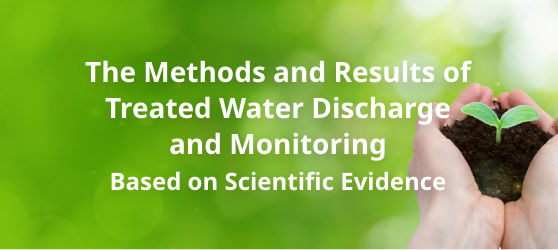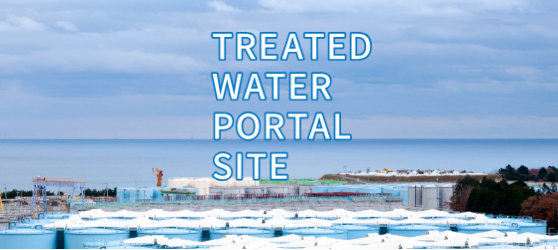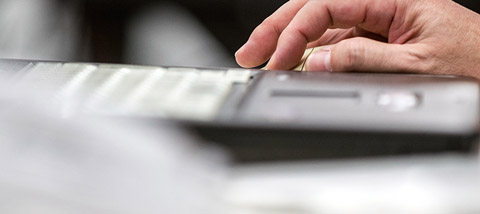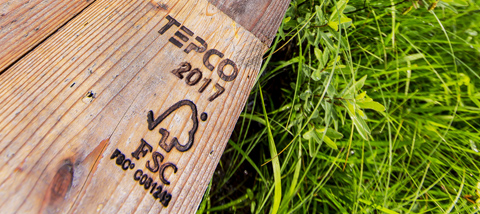Hydroelectric Power Generation
Hydroelectric Power Generation
Hydroelectric power generation, drawing on the force of nature, is a method of CO2 free technologies that takes advantage of one of the few energy sources available right in Japan. It is a power source quickly adaptable to power demand.

Hydroelectric Power Generation
A hydroelectric plant generates electricity by means of a water turbine driven by the force of water flowing down from a higher elevation. Various types of plants are introduced here, differing in the way they obtain and utilize water.

Hydroelectric Plant Types
Pumped Storage Type
Consisting of a power plant built mostly underground plus upper and lower regulating ponds, this type of facility is used to meet peak demand for electricity. During the peak hours, power is generated from water flowing from the upper to lower reservoir. The water used for generation is stored in the lower reservoir.
During overnight off-peak hours, water is pumped from the lower reservoir back to the upper reservoir, so it can be used again for power generation during the next peak demand period. In this way a fixed volume of water is used repeatedly.

Run-of-River Type
Power is generated by diverting naturally flowing water from a river. The amount of electricity that can be produced varies between high-water and low-water seasons.


Regulating Pondage Type
A water intake dam is expanded or a regulating pond is built along the path of water to the power plant, so that the amount of power generated per day or over several days can be controlled by adjusting the amount of water flowing downwards.
Reservoir Type
A reservoir larger than a regulating pond collects the runoff from snow and heavy rain, for use during dry periods.



















